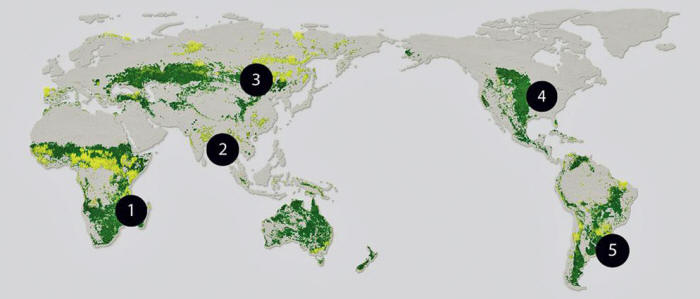1. The Serengeti
Tanzania
This savanna is one of the oldest ecosystems on Earth.
Ecologists believe
the area's weather, flora, and fauna have barely changed over
the past million years.
Though the plain is
wellprotected by
Serengeti National Park and
Ngorongoro Conservation Area,
the human population is nipping at the fringes.
Grazing cattle wander
into the protected areas, and intruding poachers illegally kill
large mammals whose droppings help feed the plants.
2. Banni Grasslands
India
The vast
Gujarati plains remained mostly
pristine until the 1960s, when two major changes began to chip
away at the ecosystem.
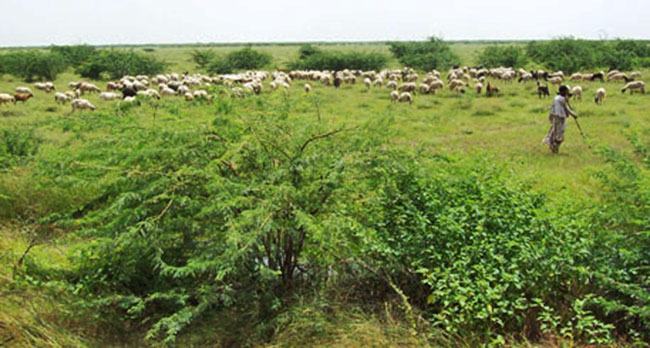
First, the government
planted
Prosopis juliflora to buffer
against the marshy salt flats in the north, but the invasive
shrub wound up choking out native plants.
That same decade,
humans dammed rivers to redirect hydration toward crops.
Without those flows
to dilute seawater, about half of the soil in the Banni is now
salty and infertile.
3. Mongolian Steppe
China, Mongolia, Russia
More than 342,000 square miles of temperate grassland
extend from northeastern China to Siberia.
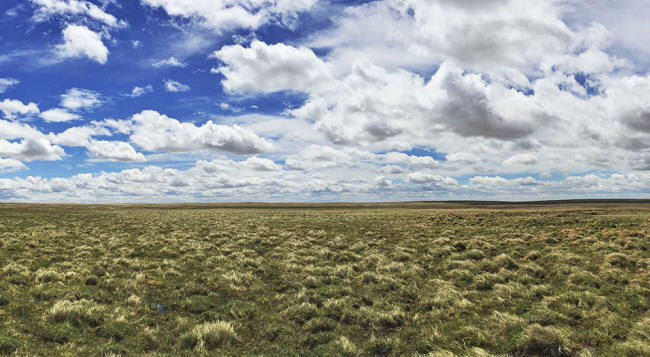
Drought and mining
are already shrinking the steppe, and a push toward
privatization has exacerbated things. Farmers have replaced
traditional nomadic livestock, which go easy on flora, with
larger herds on smaller plots.
Rising demand for
cashmere has also driven an
increase in domesticated goats, which eat roots, making it
harder for plants to regenerate.
4. The Great Plains
North America
Just half of the
Midwestern plain's 720 million
original acres is still wild.
The prairie's demise
began when 19th-century settlers killed 30 to 50
million American bison - a mammal that grazes on and fertilizes
native flora.
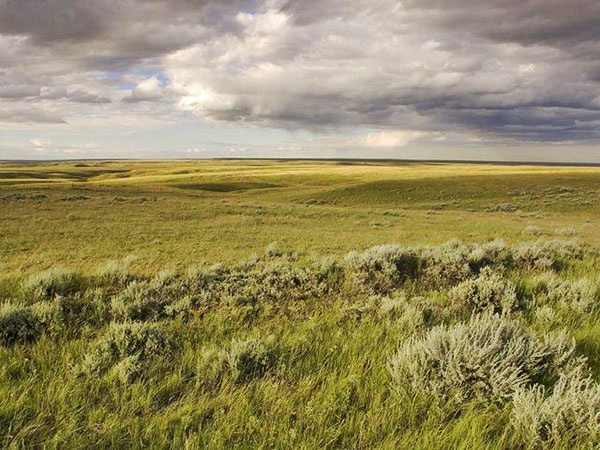
At the same time,
farmers rapidly converted the sea of grass into fields of wheat
and corn. Unlike hardy blades, these crops can't withstand
drought (cue:
the Dust Bowl), but we
haven't learned...
We're still losing
more than 1.5 million acres to agriculture every year.
5. Eastern Pampas
Argentina
Thanks to
fertile soil in eastern Argentina,
wheat, corn, and soy farming escalated in the late '80s and
early '90s.
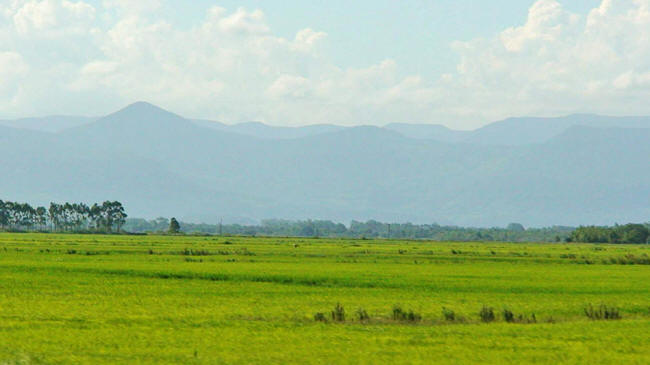
Today, driven by
spiking global demand, soy has become the ruling crop, much to
the detriment of the land. The fields suck nitrogen, phosphorus,
and potassium from soil quicker than farmers can replace them.
People are taking up
space too:
More than half of
Argentines reside in big cities like Buenos Aires that used
to be wild meadow...


